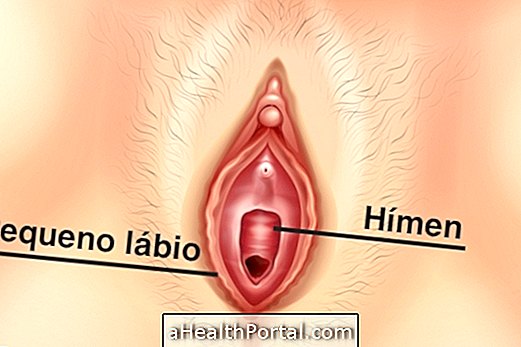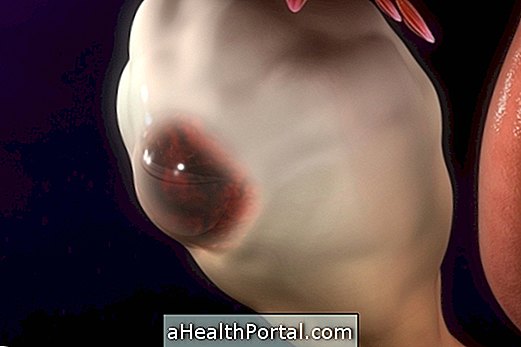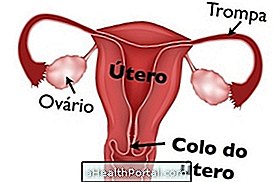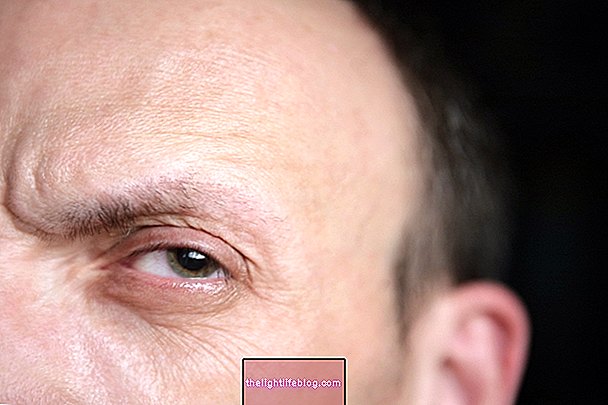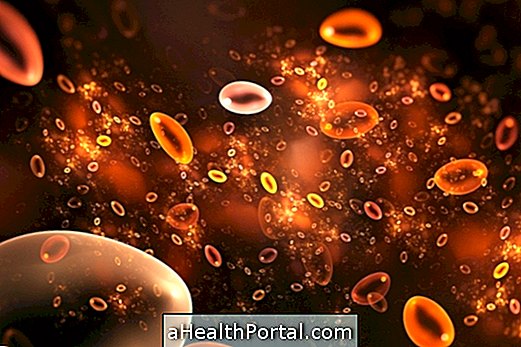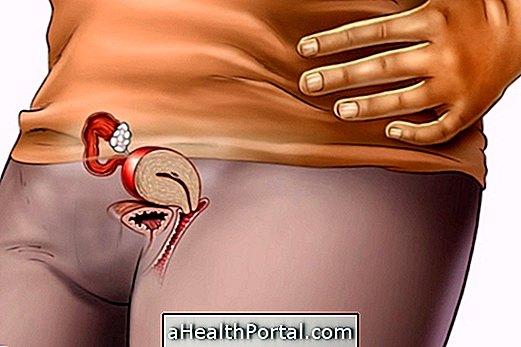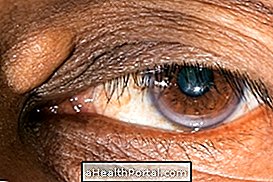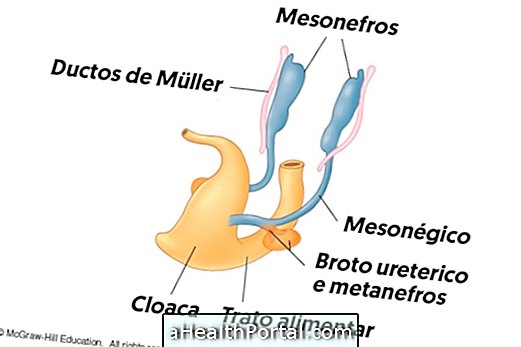Persistent sexual arousal syndrome is a rare condition that causes the woman to have several orgasms a day, which can happen anywhere, as long as there is minimal stimulation, such as riding a bus, the vibrating of the cell phone or the sound itself of the hair dryer, for example. This is a disease that causes embarrassment and most carriers have difficulty assuming they have this disease.
In this syndrome there is an increase in persistent blood flow in the sex organs that causes the woman to be constantly aroused, even if she is not thinking or doing anything that has sexual connotations. Although its cause has not yet been discovered there is a suspicion that an inflammation in the pelvic organs is causing this constant stimulation in the intima.
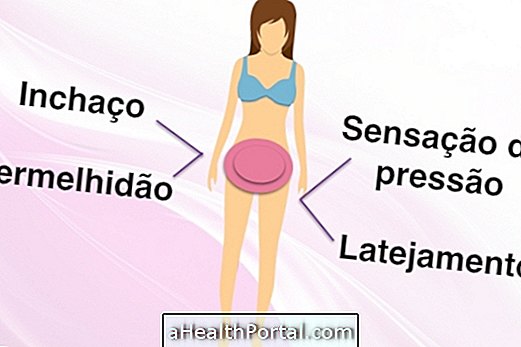
How to identify this syndrome
For the diagnosis of female genital arousal syndrome, the following signs and symptoms should be observed:
- Genital swelling and redness with throbbing of the region;
- The nipples may or may not tighten;
- Multiple orgasms throughout the day, with or without any stimulus or triggering factor.
These signs should be present for more than 48 hours without completely disappearing even after multiple orgasms that can last for hours or even days, causing discomfort and embarrassment, often preventing women from studying or working.
In this disease, the woman remains aroused with or without any type of sexual stimulation and the orgasms are spontaneous, unwanted and uncontrollable bringing feelings like anguish and fear. They can happen every minute and persist for more than 2 days, until the woman can stay at least 2 hours quiet.
Unlike what happens in nymphomania, the woman may have no sexual desire to explain the persistent arousal and high frequency of orgasms.
What can cause this syndrome
The causes of persistent genital arousal disorder are not yet fully understood.
Symptoms usually begin after age 40 and appear to be related to soy consumption; brain injuries; hypersensitivity of the pelvic nerve, which irrigates the clitoris and therefore becomes more sensitive; pelvic varices and the use of remedies for depression.
Some remedies that appear to be related to this disorder are Venlafaxine, a remedy that treats depression and Trazodone, which can lead to enlargement of the clitoris in some women. However, there is no scientific evidence of this fact because the number of women who consume these drugs is very large and fewer than 10 have been diagnosed with this syndrome.
How to treat
Treatments are not yet fully effective for all people because the causes of this syndrome are not yet known. However, there are studies that point out that electroconvulsive therapy sessions and the use of medications such as Varenicline have been effective in stopping the syndrome in some women. A woman removed the clitoris through surgery, but continued with constant orgasms and therefore, this surgery is not indicated as a form of treatment.
Psychotherapy sessions can help a woman overcome feelings of sadness, distress and fear, and it is believed that what can help is for the woman to set aside time for her to have a large number of orgasms in a row, so the body can so relax a little.
Trying to engage and distract the mind with repetitive physical tasks such as scrubbing or polishing, as well as doing exercises can help decrease frequency, because if a woman does not try these strategies she may have more than 100 orgasms a day for decades.

